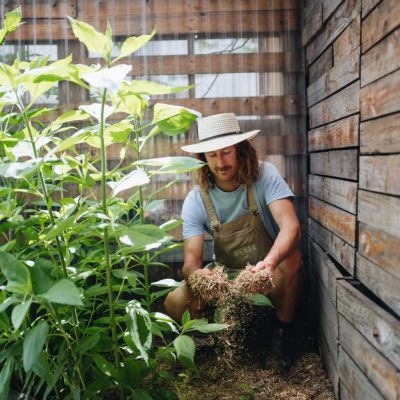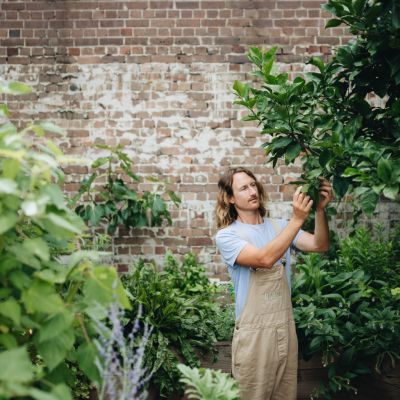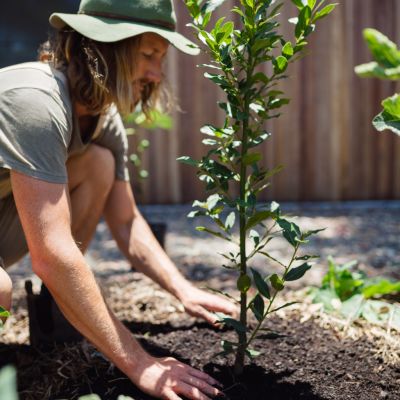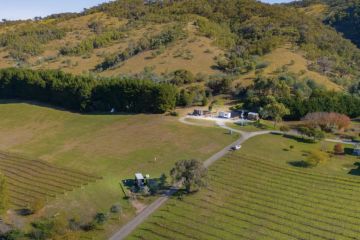The basics of beekeeping: The gardening hobby that can also help the world
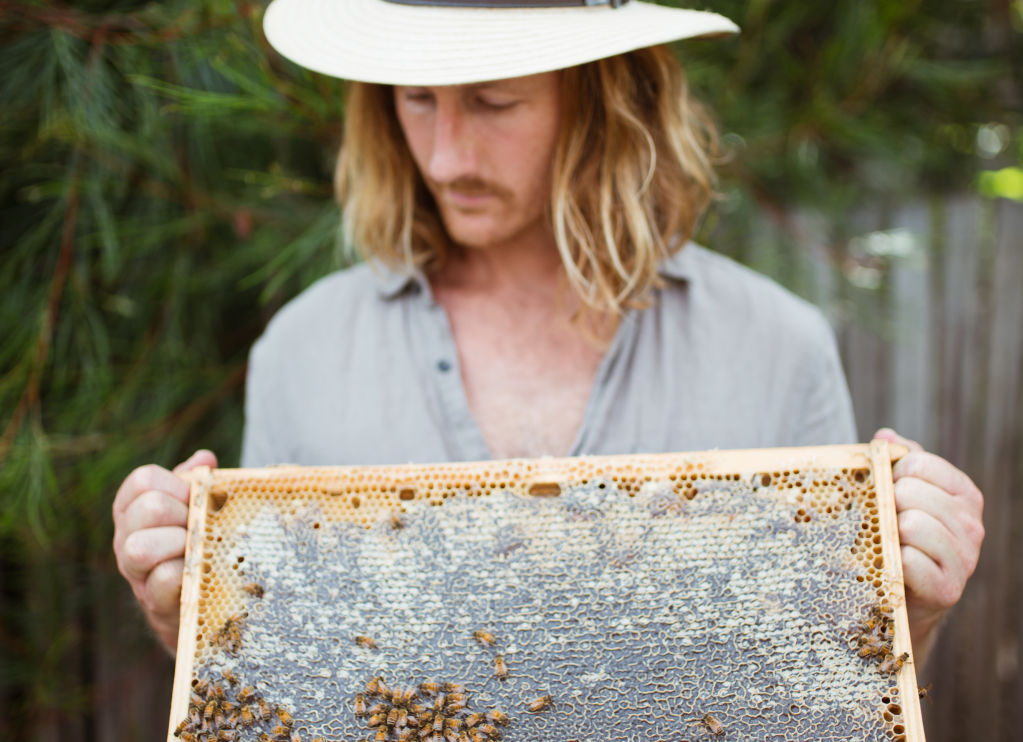
Fifty-two kilograms of honey is a lot of liquid gold.
For the record, that equates to approximately 12,000 teaspoons in your morning cup of chai, which should last you about 32 years. Quite the morning ritual, I say.
Fifty-two kilograms of honey is the approximate yield a standard beehive will produce in one year. It’s no wonder “busy as a bee” became such an entrenched adage in our English language. Those bees truly are hustling.
When people ask me if having a hive is hard work, I tell them that it requires about 52 hours a year and that the “return” is about 52 kilograms of honey. I leave it to them to do the math.
But having a hive isn’t just about the golden reward. Having a hive teaches us about restraint, sustainability, biodiversity and shows us the inner workings of one of the most fascinating species on the planet.

Having a hive is a great thing you can do to help the world at large.
Around 35 per cent of the world’s food crops rely on pollinators such as bees to turn flowers into fruits and vegetables that we can eat.
When you think about it, that’s a big responsibility for our buzzing friends.
These guys get a lot of credit for their delicious honey, but often their job of pollinating plants is overlooked.
To say we would be in serious trouble without pollinators is a huge understatement. Imagine taking away 35 per cent of our food worldwide!
Hive maintenance and honey harvesting are meditative activities requiring close observation and constant learning. As soon as you open the lid to the hive, you can see the female bees busily working away, some flying in with pollen and others on their way out to forage.
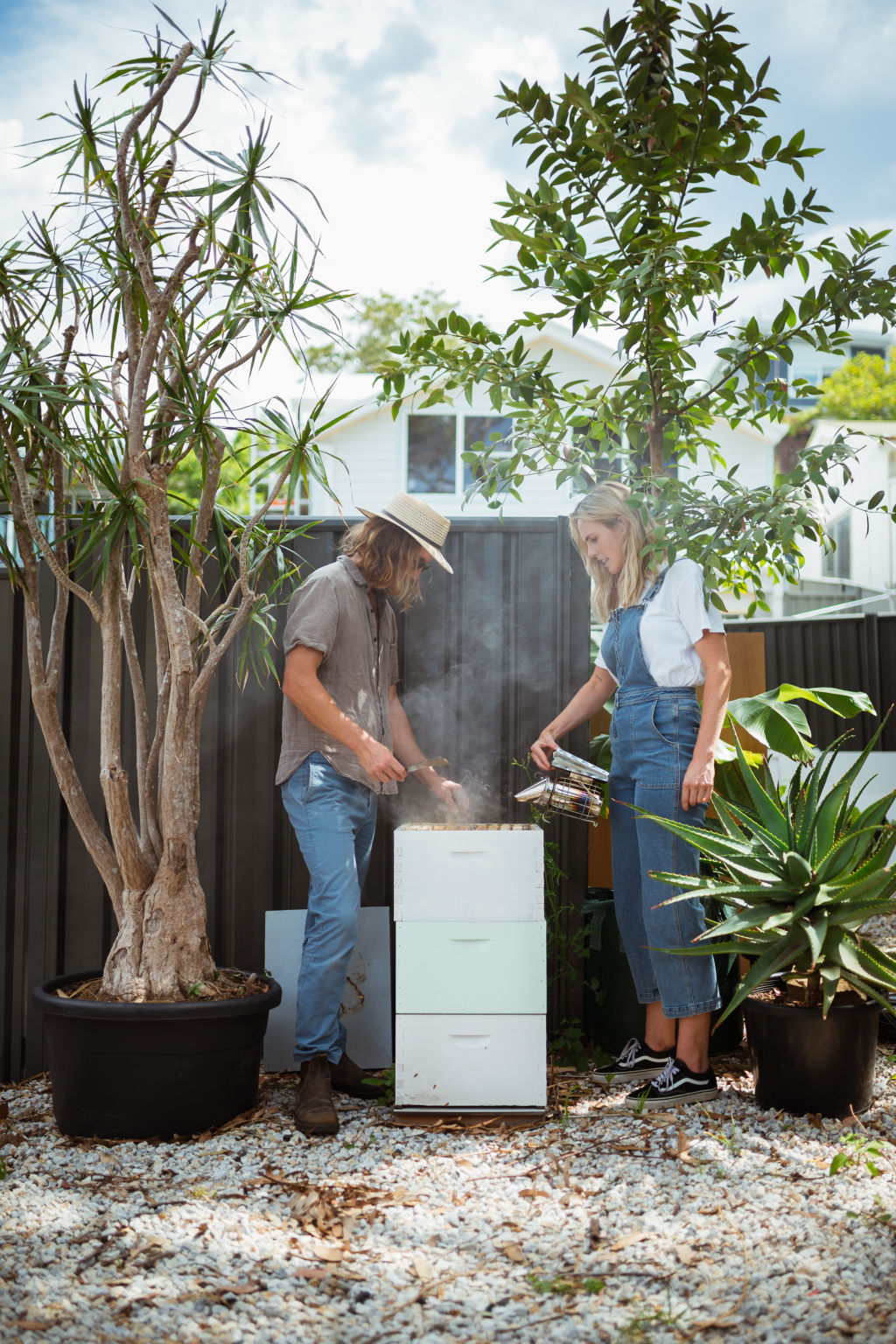
Register for a workshop
It’s important to immerse yourself in a practical hands-on experience to learn the workings of a hive. There should be a course in a nearby city.
Buy a hive
Head down to your local beekeeping supply store. There are a few different hive styles available, with the Langstroth hive being the most common.
Join a local club
This is a great place to meet like-minded people, learn about local conditions and share harvesting equipment to save costs. You can register your hive with the Department of Primary Industries to stay up to date with tips to help keep the industry and species healthy and productive.
Stay curious
Dedication to the bees and constant observation will naturally make you a good beekeeper. I’d recommend opening the hive four or five times a year for harvesting, and another six times for inspections. Your participation in the hive doesn’t have to be constant, just regular. Open the box up or just sit nearby and watch the happenings.
For a happy hive my advice is to pay close attention, be observant and stay curious.
Slow Down and Grow Something: The Urban Grower’s Recipe for the Good Life, by Byron Smith with Tess Robinson, Murdoch Books.
We recommend
States
Capital Cities
Capital Cities - Rentals
Popular Areas
Allhomes
More
